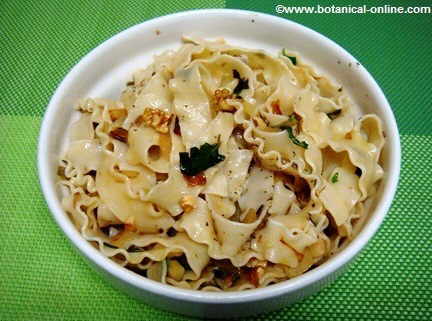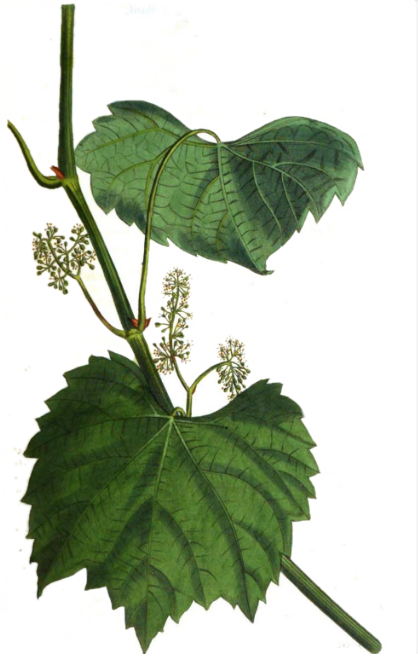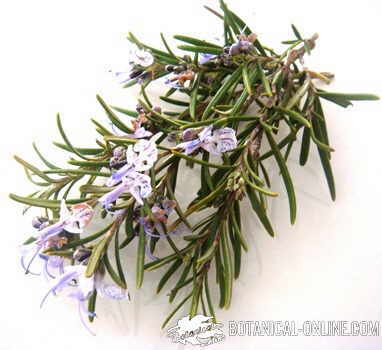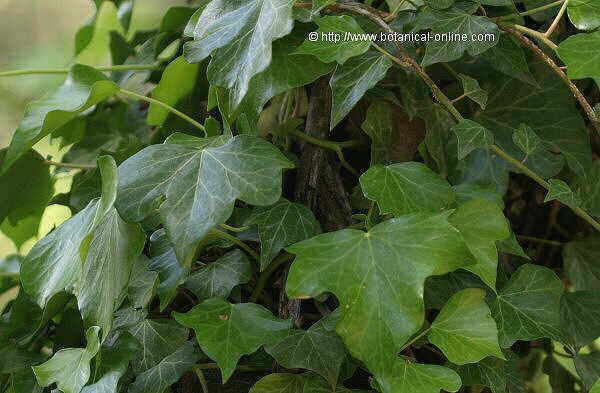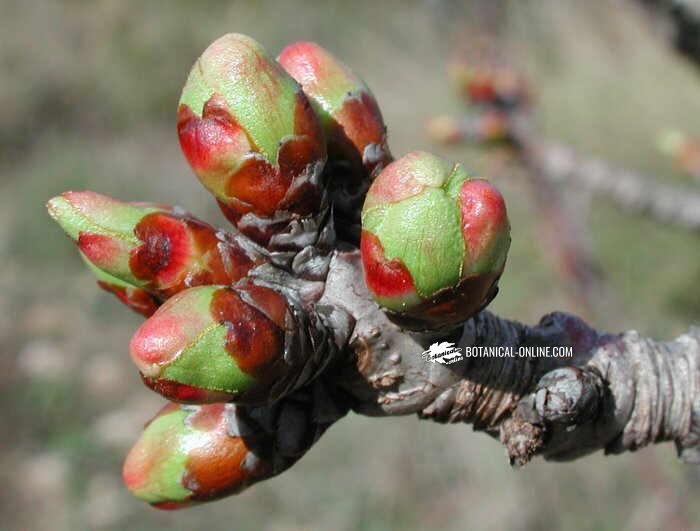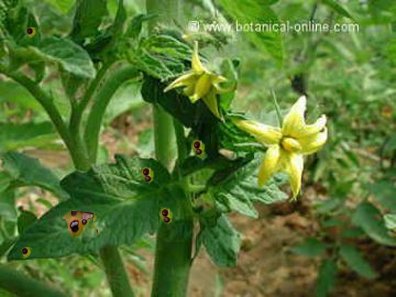Contents
What is fructose intolerance?
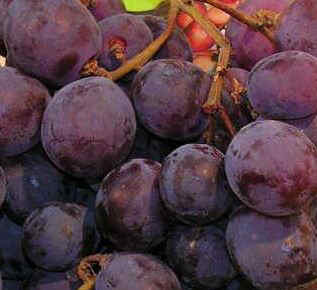
FRUCTOSE INTOLERANCE is a genetic disease that produces in these people the lack of an enzyme necessary to metabolize fructose, called type B aldoase (fructose 1,6-diphosphate aldolase).
This disease is also known as Hereditary Fructose Intolerance.
People with this disorder should not take fructose or foods rich in fructose as they are at risk of hypoglycemia, which has potentially serious health consequences.
It should not be confused with fructosemia (fructose in the blood) and fructosuria (fructose in the urine), which are side effects caused by a benign disorder. In this case, it is produced by the lack of another enzyme, fructokinase. There are no metabolic alterations, nor are there clinical manifestations, and it does not require specific treatment.
Fructose intolerance symptoms
Symptoms appear when sugar, fructose or foods that contain these components are consumed, such as fruit juices, honey, chocolates, etc.
These people may also be intolerant to sorbitol (present in some jams and gum).
The clinical manifestations are:
- Sickness
- Vomiting
- Pallor
- Sweating
- Muscle tremors
- Lethargy
- Hypoglycemia
- Other complications such as: seizures, liver damage, jaundice, edema, and ascites.
Treatment for fructose intolerance
Diet for fructose intolerance
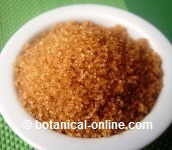
Diet therapy is a basic treatment that all people with this disease must follow.
It will consist of eliminating from the diet all products with fructose, sucrose (table sugar) and sorbitol.
Allowed foods
- Nuts: almonds, hazelnuts, walnuts, pistachios, cashews, macadamia nuts, etc.
- Cereals and derivatives without added sugar: Wheat flour and semolina, couscous, oats, corn, tapioca, rye, potato starch, rice. Sugar breakfast cereals are not tolerated.
- Vegetables: Spinach, Swiss chard, lettuce, arugula, celery, cabbage, mushrooms, asparagus, broccoli, cauliflower.
- Low-fructose fruits: Papaya, avocado, raspberries, oranges, lemon or lime.
- Dairy without added sugar
- Olive oil.
Another possible serious disorder is the lack of an enzyme (1-6-diphosphatase). This disorder is characterized by lactic acidosis, hypoglycemia, dyspnea, tachycardia, apnea, irritability, lethargy, and, among these complications, coma and seizures.
In this case, a highly regulated diet should be followed (fractioned to avoid fasting), rich in complex carbohydrates, low in protein and supplemented with folic acid.
Alternatives to fructose. Other types of sweeteners

For people with sugar problems or fructose intolerance there are other types of sweeteners, among which we highlight:
- Polyols: They have the same calories as carbohydrates but they are absorbed very slowly, or sometimes they are not absorbed. So when they reach the colon they can produce side effects such as flatulence. Some known polyols are xylitol (present in some chewing gums) or steviol, which is obtained from the leaves of the stevia plant.
- Sweeteners: They provide calories such as table sugar or sucrose (4 Kcal./g.), But they are used in very low doses because they have a much higher sweetening power than sucrose. Here we have such well-known examples as aspartame (200 times sweeter than table sugar), or saccharin (400 times sweeter than sucrose).
![]() More information on properties of fructose
More information on properties of fructose

